Decisions, decisions… Choose the cotton for your jeans
Fun Fact
It takes 10m2 of land to grow enough cotton for just one pair of jeans!

Our Jeans and the Planet
Fun Fact
Jeans are the ultimate wardrobe staple – most of us own at least one pair and they go with everything! Why not make your own pair to see exactly how the production of denim affects our planet?

none

none

none
Pick your raw material
First, the basics! Most jeans are made mainly from cotton, a natural plant-based fibre grown on farms. However, there are lots of different types of cotton and each has its own environmental impact, so choose wisely!
Conventional cotton
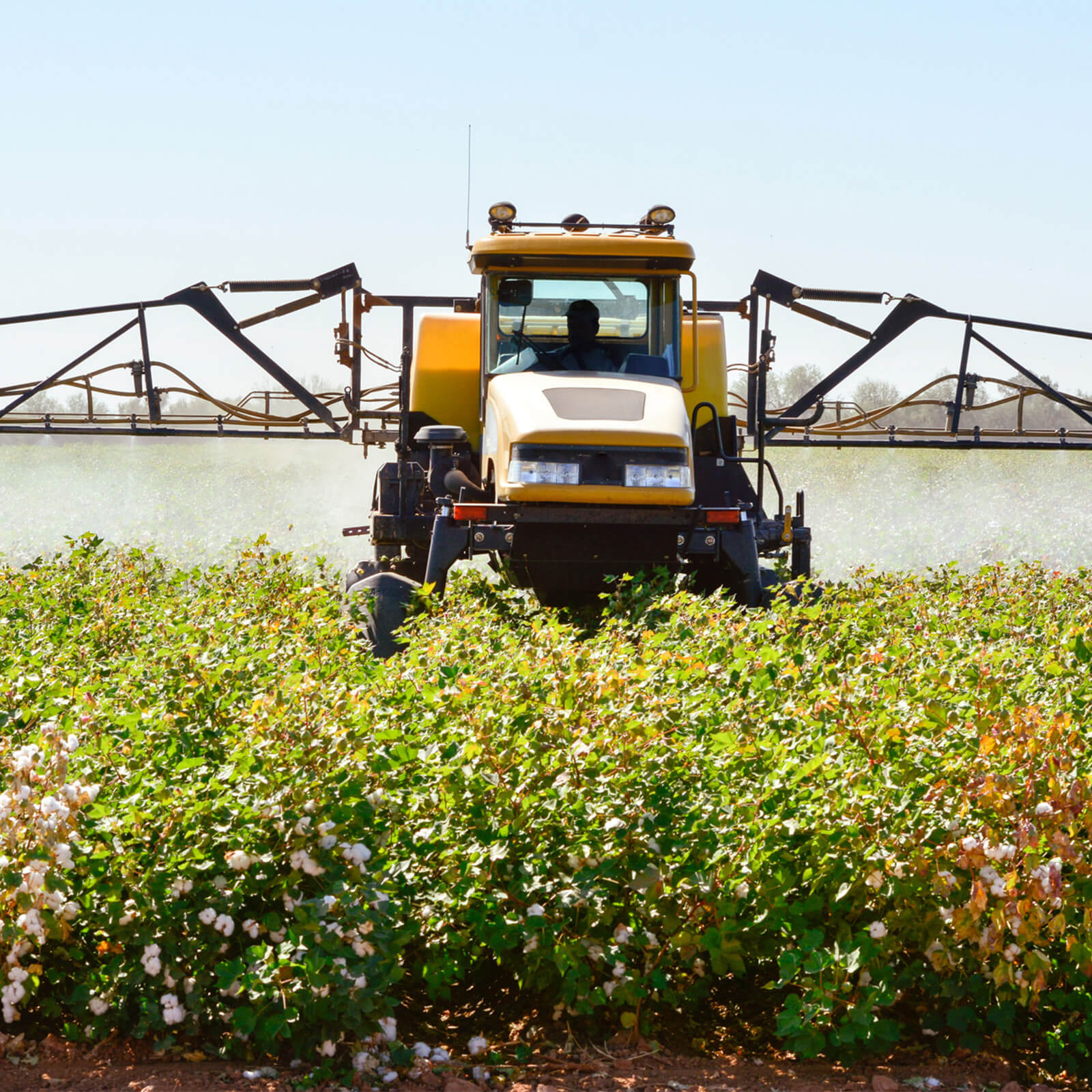
Most jeans are made from conventional cotton as it is widely available – but producing it requires chemical fertilisers, pesticides, insecticides and water.
Organic cotton
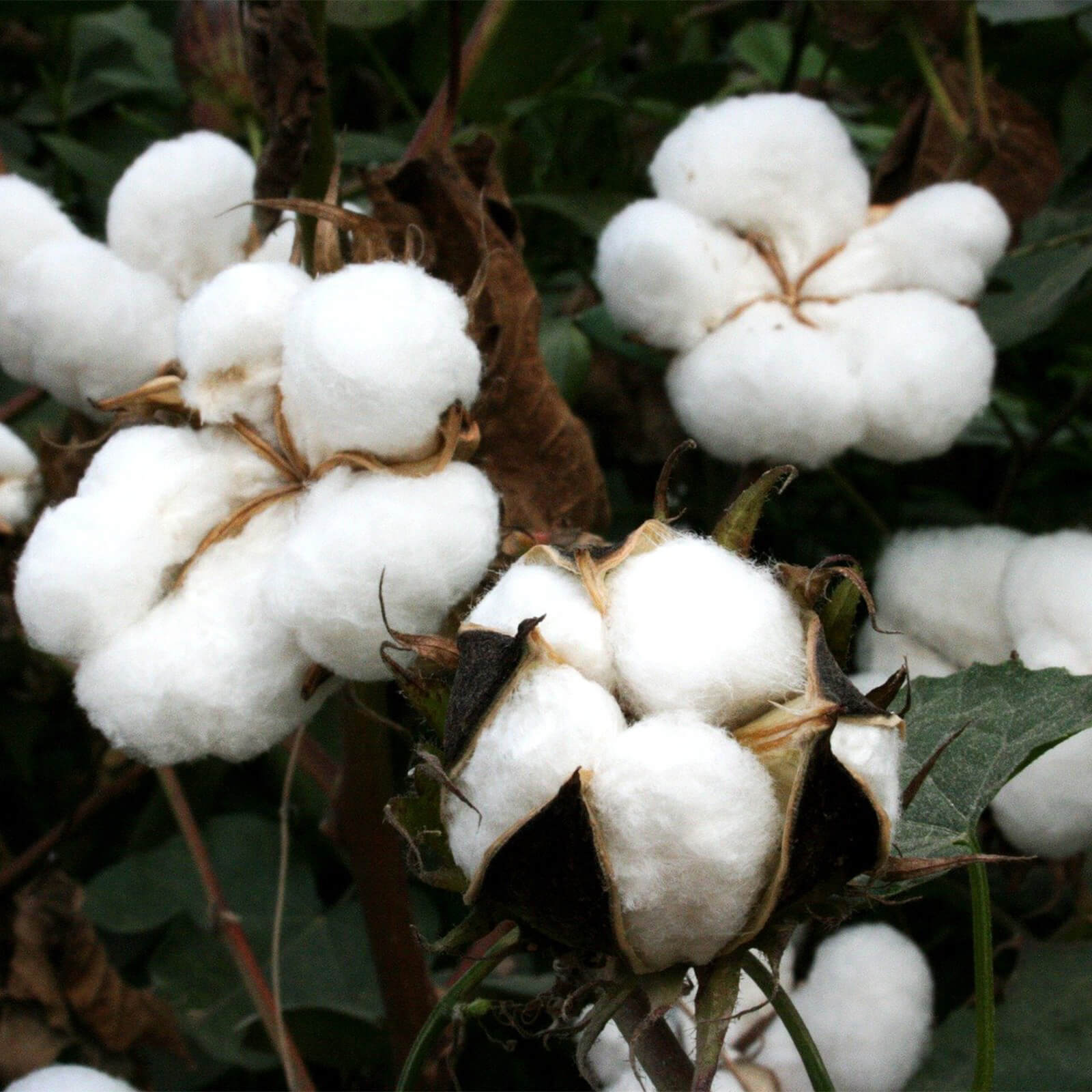
Organic cotton is grown without harmful artificial chemicals like fertilisers, pesticides and insecticides.
Sustainably farmed cotton
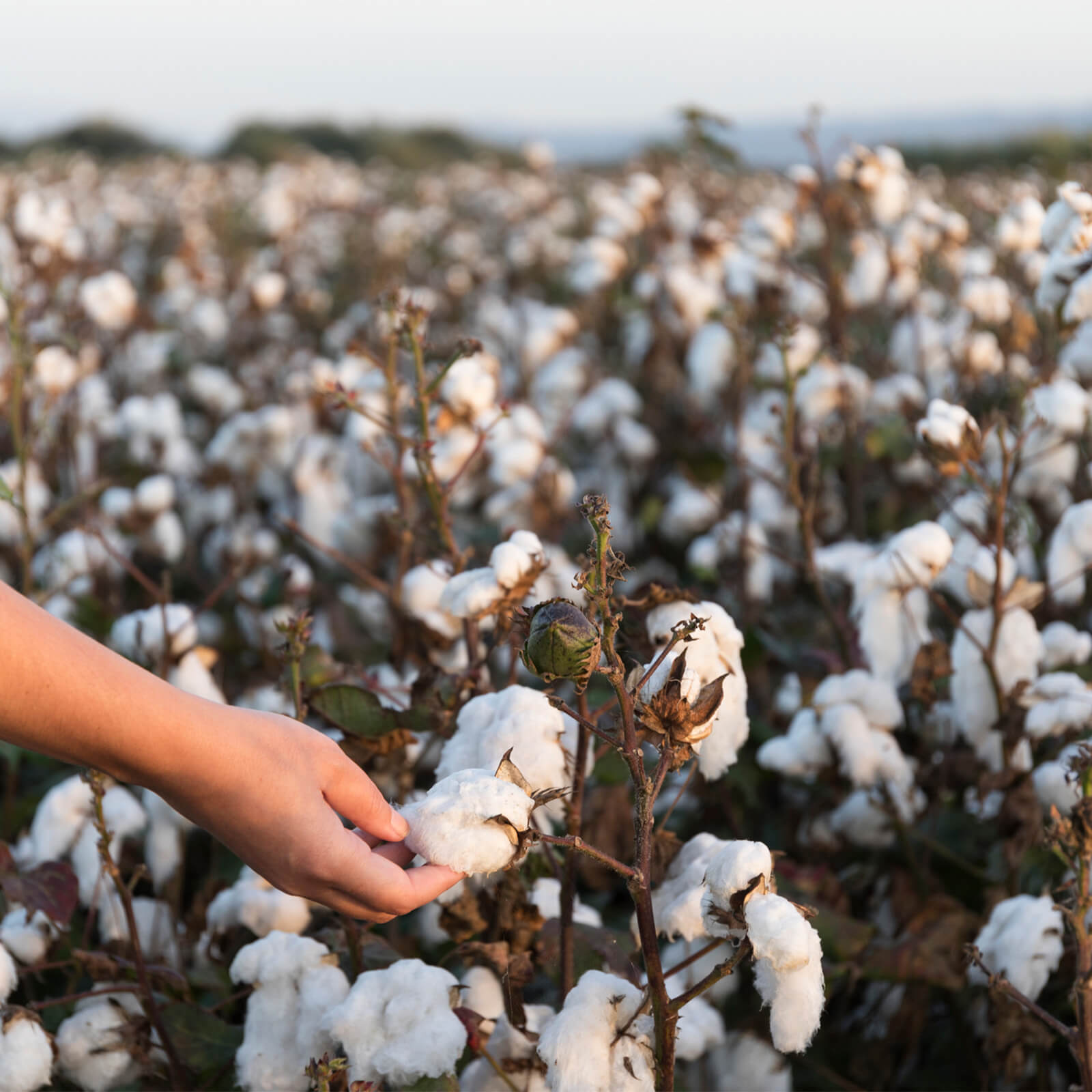
Sustainably farmed cotton is produced to strict, ecologically sound standards and certifications. This includes fewer toxic chemicals, more efficient irrigation and better training for farmers. Two well-known certification schemes are Better Cotton Initiative (BCI) and Fairtrade cotton, which support the work of over 2.7 million cotton farmers globally.
Recycled cotton
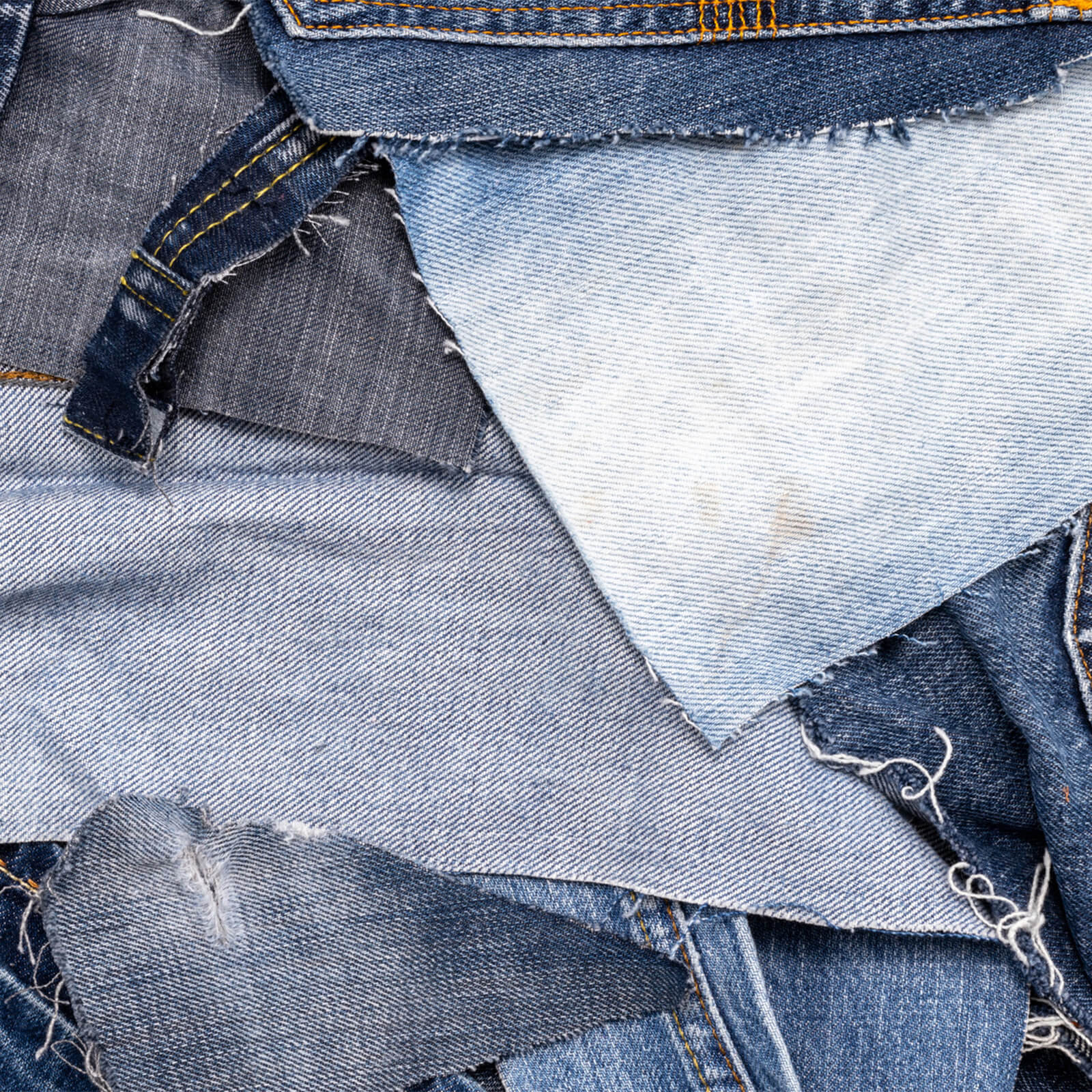
Recycled cotton transforms existing cotton fabrics – sourced from both pre-consumer factory waste and post-consumer clothing waste – back into fibres for reuse. Using a mechanical recycling process, fabrics are sorted by colour before being shredded into fibres that are used to make new clothing and textile products. Recycled cotton fibres are often mixed with new, virgin materials to make these products more durable.
You chose...
Conventional cotton

Conventional cotton is an economical choice but can negatively impact the environment in a few different ways.

- Highest yields
- Lowest production cost
- Most widely available

- Causes soil degradation and air and water pollution
- Causes land and water scarcity due to its popularity
- Farmers exposed to harmful chemicals can experience long-term health problems
Different perspectives on conventional cotton
Farmer

I want to increase my cotton crop production and revenue, so I use chemical fertilisers, pesticides and insecticides to grow conventional cotton. This makes the production process more efficient, but I work in a chemical-filled environment that might risk my health.
Business

Conventional cotton is grown in many places worldwide, making it the easiest, most cost-efficient choice for our jeans. However, we understand its impact on the environment and farmers’ health and we need to make changes.
Congratulations – your jeans are finished!
Throughout the process of getting your jeans wardrobe-ready, you’ll have noticed that each choice you made resulted in a different impact on the planet. These factors don’t just have an immediate effect on the environment, people and animals, but can also lead to further issues that influence the entire natural ecosystem.
Impacts on air
The production process of jeans affects our air in two main ways – carbon emissions and air pollution.
Carbon emissions
Carbon dioxide emissions are generated throughout the production process of a pair of jeans – especially with the infrastructure currently available across the fashion industry, which still heavily relies on non-renewable energy sources. This is one of the root causes that can lead to extreme weather, natural disasters and climate change in many parts of the world.
Air pollution
Air pollution is caused by the carbon emissions that are generated and the chemicals that get released into the air through jeans’ production processes such as dyeing and finishing. Long-term air pollution can cause serious respiratory issues and other diseases in humans – in extreme cases, even death. Air pollution also causes acid rain, damaging crops and trees and impacting wild animals.
Impacts on water
Water is affected by the production process of a pair of jeans in two main ways – through water use and pollution.
Water use
Producing any kind of clothing uses vast amounts of water during the cotton farming, dyeing and washing processes; making just one pair of jeans requires around 3,781 litres of water! While new techniques and technologies can help reduce water use, clothing production still consumes large amounts of water, contributing to the issue of water scarcity.
Water pollution
Water pollution can be created by chemical use, whether this is during the farming of cotton or the dyeing and finishing processes. Without proper treatment, wastewater gets directly washed into our rivers and oceans, which can potentially affect the entire ecosystem. This can cause issues such as unclean drinking water and poor soil quality, leading to food insecurity.
Impacts on people
People’s health and wellbeing is also affected throughout the production process of a pair of jeans, from farmers and workers themselves to the factory’s surrounding communities. These effects include issues arising from the vast amount of chemicals used during production, intensive labour needs, under-protected labour rights and creating untreated drinking water.
Raw material selection
Conventional cotton



Adding elastane
Yes



Textile production



Dyeing
Synthetic indigo dye



Assembly



Finishing
Sanding



Wastewater treatment
Release it into the environment



Drying
Machine dry



Transportation and selling



What can I do as a consumer?
Wear your clothes for longer
Taking care of your clothes and wearing them for longer is the best and easiest way to be sustainable! Look carefully at the care labels on your clothes; by taking care of your clothes properly, you can extend their lifespan and wear them for longer.


Try secondhand
Instead of buying completely new clothes that require new materials, energy and labour, try buying secondhand, pre-loved items. This helps extend the lifespan of existing clothes and avoids contributing to the environmental impacts generated through the production process.
Choose better, choose sustainable
Choose to buy clothes that were made using sustainable practices. Do research on how brands produce their clothes, refer to ethical fashion certifications as a benchmark and support brands that make eco choices!
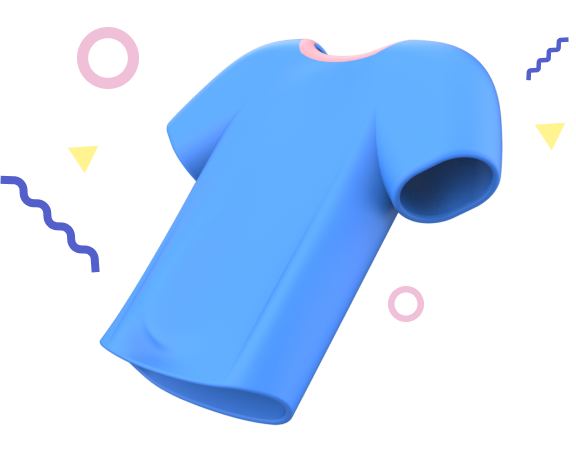

Give clothes a new lease of life
When you no longer want or need your clothes, give them a new lease of life by finding ways to reuse, repurpose or recycle them. Donate your unwanted clothes to charities like Redress or get to work on an upcycling project!
Try creating another pair of jeans to see how making a few different choices can make a whole world of difference!






